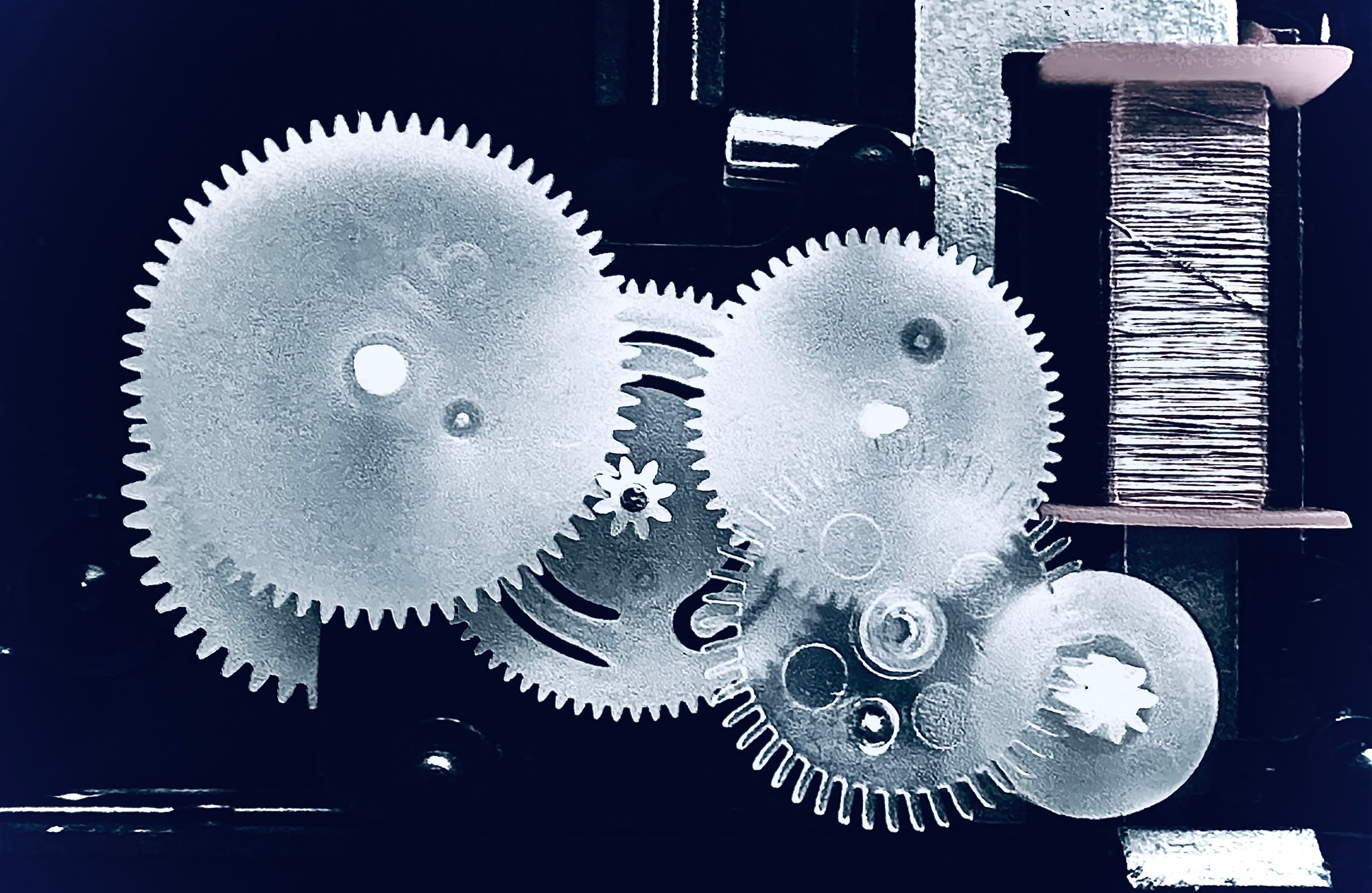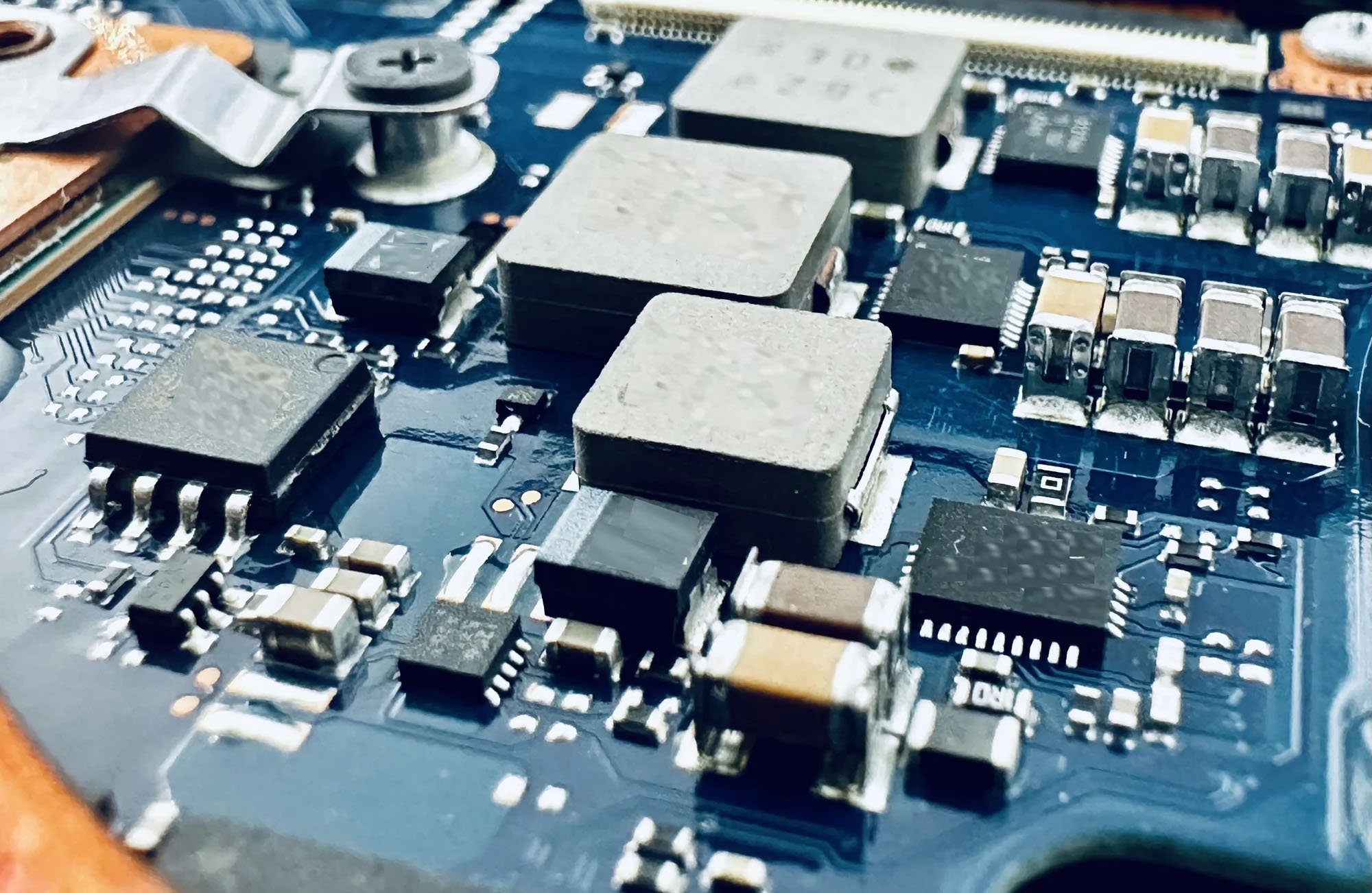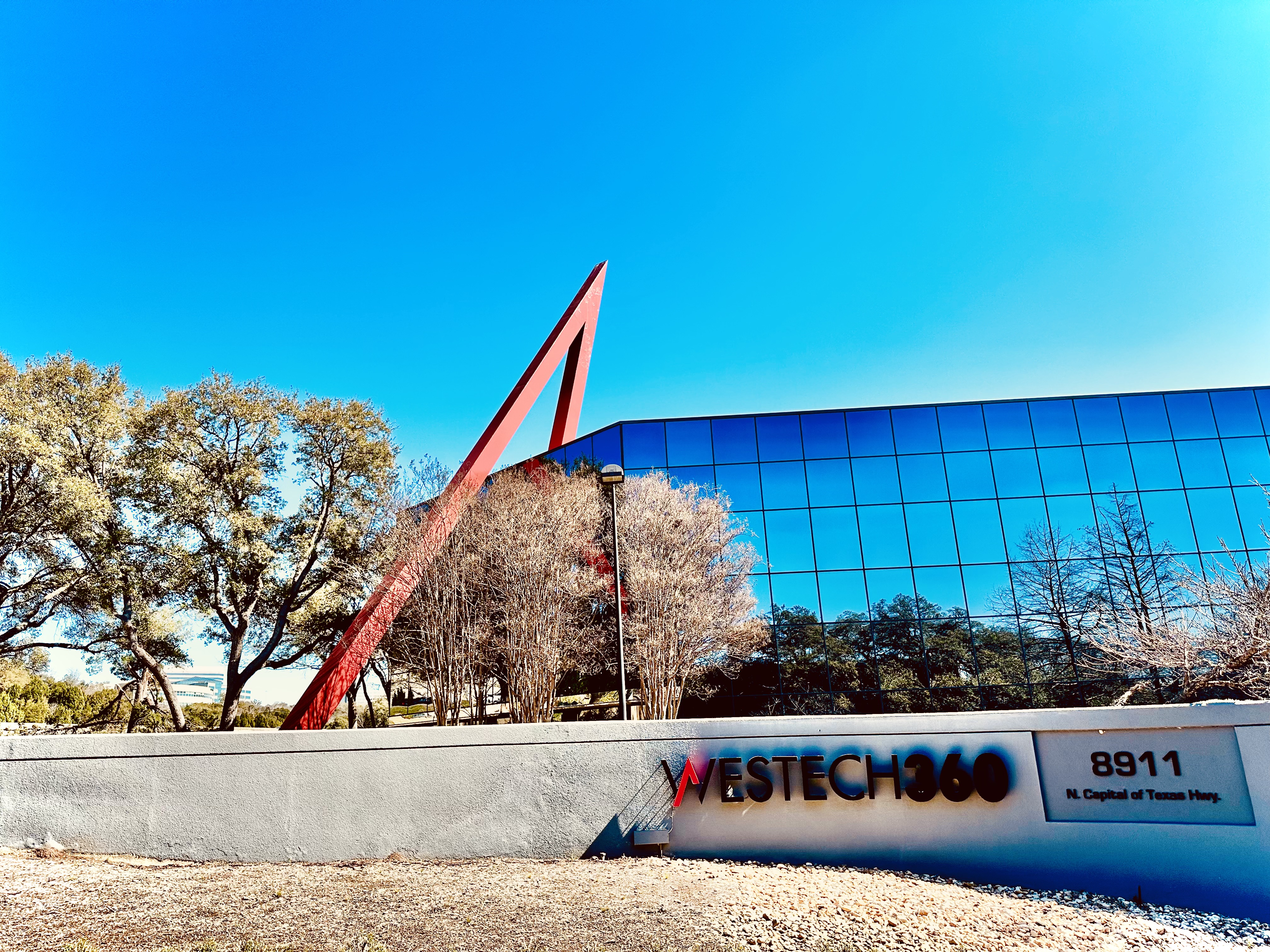maximize the scope of your intellectual property protection
Big Law Quality with Convenience of Boutique
Big Law Quality
Founded by an Experienced IP Attorney from One of the Biggest IP Law Firms in the Nation, Who's Represented Renowned Corporations. Experience Boutique Service and Expertise for Your Intellectual Property Needs. Trust in Our Founder's Elite Background and Track Record in Safeguarding Valuable Assets.Boutique Convenience
Tailored IP Services with the Boutique Convenience You Deserve. Experience the Advantage of Personal Attention and Specialized Expertise Found in a Small Boutique, Offering Agile Solutions and a Client-Centric Approach Beyond the Boundaries of Big Law Firms.
Best Mode IP Law provides top-notch services with comfort and warmth.
We offer more than just preparation and prosecution of applications.
International Patent Filing: US & Japan
Comprehensive Patent Prosecution Services
Do you want to file patent applications in the US and Japan without a hustle? Our team includes bilingual US patent attorneys and Japanese patent attorneys, ensuring seamless communication and efficient handling of your patent matters. Unlike other firms that rely on translators, our bilingual attorneys manage your case directly, minimizing miscommunication and saving time and money.
Competitive Pricing
We provide a one-stop-shop for filing patents in both the US and Japan, offering a streamlined process to protect your innovations globally. Take advantage of the favorable currency exchange rate between USD and JPY. US corporations can secure Japanese patents at a relatively low cost, making our services even more attractive.
Why Choose Us?
- Bilingual Attorneys: Direct communication with bilingual US and JP patent attorneys.
- Cost-Effective: Benefit from favorable exchange rates for affordable Japanese patents.
- Efficiency: Reduced time and cost by eliminating the need for translators.
WE TAILOR OUR SERVICE TO YOUR NEEDS
Gear your innovation towards success with resilient IP protections!

Tailored Services
Innovation Harvesting
Patent Application Preparation and Prosecution
Trademark Registration
Infringement Analysis
Strategic Patent Portfolio Management Assistance
Competitor Analysis
International Protection Strategy

Technology Areas
- Semiconductor
- Electrical Engineering
- Mechanical Engineering
- Chemical Engineering
- Biology & Biotechnology
- Medical Device & Pharmaceuticals
- Physics
- Automotive
- Software
Schedule a preliminary meeting to discuss
Let's talk! We confidently assist with your IP matters.
General Patent Application Preparation Process Flow
1. Initial Consultation
Typically, about 1 week.
After contacting us, we'll get back to you to have a preliminary meeting. We will provide you an innovation disclosure form to have the patent application preparation process started.
2. Disclosure Meeting
Typically, about 1-2 weeks.
Upon clearing conflict, we will ask you to provide the filled innovation disclosure form. We will study the technology in detail, and set up an optional disclosure meeting prior to drafting the patent application.
3. Review Draft
Typically, about 1-3 months.
We will prepare and provide a draft patent application for your review. Update will be made to the application based on your feedback. We will work with you to address any concerns for completeness.
4. Finalize and File
Timeline varies.
We will finalize and file the patent application. After filing the application, the PTO begins the examination process in due course (1st action received typically in about 18 months after filing).

Location
Austin Office
8911 North Capital of Texas Highway, Suite 4200 #1028
Austin, TX 78759

Frequently Asked Questions (FAQs)
How long does it take from patent application filing to grant?
The time it takes for a patent application to be granted can vary depending on a variety of factors, including the jurisdiction, the complexity of the invention, the quality of the application, and the workload of the patent office.
In general, the process from patent application filing to grant can take anywhere from several months to several years. In some cases, it may take even longer, particularly if there are complications with the application or if there is a backlog of applications at the patent office.
For example, in the United States, the average time from filing to patent grant is about 24 months, although this can vary depending on the technology and other factors. In some other countries, such as Japan, the process can be much faster, with patents often being granted within 12 months of filing.
It's important to note that the patent application process can be complex and can involve a lot of back-and-forth between the applicant and the patent office, so it's important to work with a qualified patent attorney or agent to help navigate the process and ensure the best possible outcome.
How much does it cost to have my idea patented?
The cost of obtaining a patent for an idea can vary widely depending on several factors, including the complexity of the invention, the type of patent application being filed, the country or region in which the application is filed, and whether you choose to work with a patent attorney or agent.
In the United States, for example, the cost of obtaining a patent can range from a few thousand dollars for a simple application to tens of thousands of dollars for a more complex application. Some of the costs associated with obtaining a patent in the US include government filing fees, patent search fees, attorney or agent fees, and maintenance fees.
What are differences between patent, trademark, copyright, and trade secret?
Patent, trademark, copyright, and trade secret are all forms of intellectual property protection, but they protect different types of creative works and provide different legal protections. Here are the main differences between these types of intellectual property protection:
-
Patent: A patent is a form of protection for inventions or discoveries. It gives the patent holder the exclusive right to make, use, and sell the invention for a limited period of time, usually 20 years from the date of application. The patent holder can prevent others from making, using, or selling the invention without their permission.
-
Trademark: A trademark is a form of protection for a word, phrase, symbol, or design that identifies and distinguishes the source of goods or services of one party from those of another. Trademark protection prevents others from using a similar mark that could confuse consumers and dilute the distinctiveness of the original mark. Trademarks can be registered with the government, but common law rights can also be established through use in commerce.
-
Copyright: A copyright is a form of protection for original works of authorship, such as books, music, art, and software. Copyright protection gives the copyright owner the exclusive right to reproduce, distribute, perform, display, and create derivative works from the original work. The copyright lasts for the life of the author plus a certain number of years after their death, typically 70 years.
-
Trade Secret: A trade secret is a form of protection for confidential and valuable business information, such as formulas, designs, processes, and customer lists. Trade secrets can be protected indefinitely as long as they remain secret and are not disclosed to others. Unlike patents, trademarks, and copyrights, trade secrets do not require registration with the government, and protection is based on the company's efforts to keep the information confidential.
In summary, patents protect inventions, trademarks protect brand names and logos, copyrights protect creative works, and trade secrets protect valuable confidential information.
What's the general flow from patent invention to patent grant?
The process of obtaining a patent for an invention typically involves the following steps with the assistance of a patent attorney:
-
Invention Disclosure: The first step is for the inventor to describe the invention in detail to the patent attorney. This description should include all aspects of the invention that make it novel and non-obvious, as well as any drawings, diagrams, or prototypes.
-
Patentability Search: The patent attorney will conduct a patentability search to determine if the invention is new and non-obvious. This involves searching existing patents, publications, and other public documents to determine if similar inventions already exist.
-
Patent Application Drafting: If the invention appears to be new and non-obvious, the patent attorney will draft a patent application. This document includes a detailed description of the invention, any relevant drawings or diagrams, and claims that define the scope of the invention.
-
Filing the Application: Once the patent application is complete, the patent attorney will file it with the appropriate government agency, such as the United States Patent and Trademark Office (USPTO). The application must include all necessary forms and fees.
-
Patent Examiner Review: After the application is filed, a patent examiner will review it and conduct a search for prior art to determine if the invention is eligible for a patent. The examiner may also issue rejections or objections to the application, which the patent attorney will need to address.
-
Office Action Response: If the patent examiner issues a rejection or objection, the patent attorney will need to respond with arguments and evidence to overcome the rejection or objection. This process may require several rounds of back-and-forth between the patent attorney and the examiner.
-
Patent Grant: If the patent examiner determines that the invention is eligible for a patent, the USPTO will issue a Notice of Allowance, which means that the patent will be granted once all necessary fees are paid. Once the fees are paid, the USPTO will issue the patent.
It's worth noting that this process can take several years and may require significant effort and resources. However, a patent attorney can help streamline the process and ensure that the application meets all necessary requirements for obtaining a patent.
